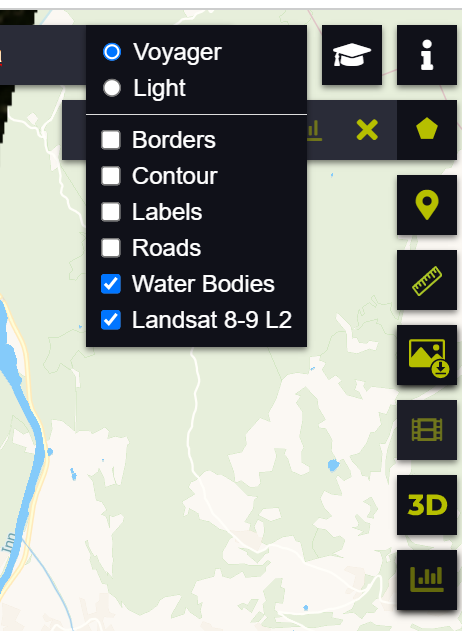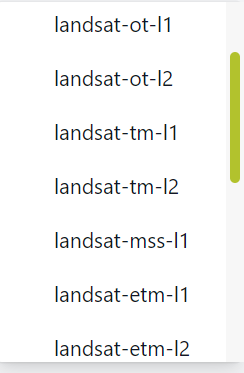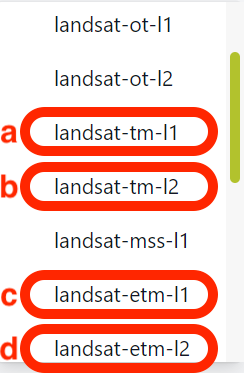Hi!
At the moment I am trying to get pictures of Austria from 1985 till 2022. For this I want to divide Austria intro multiple squares and get a picture for each individual square. Is there any way to do this? I do not find an option to a) have multiple squares or b) even have an option to copy an existing square to make sure every single one of them is equal.
Thanks!





